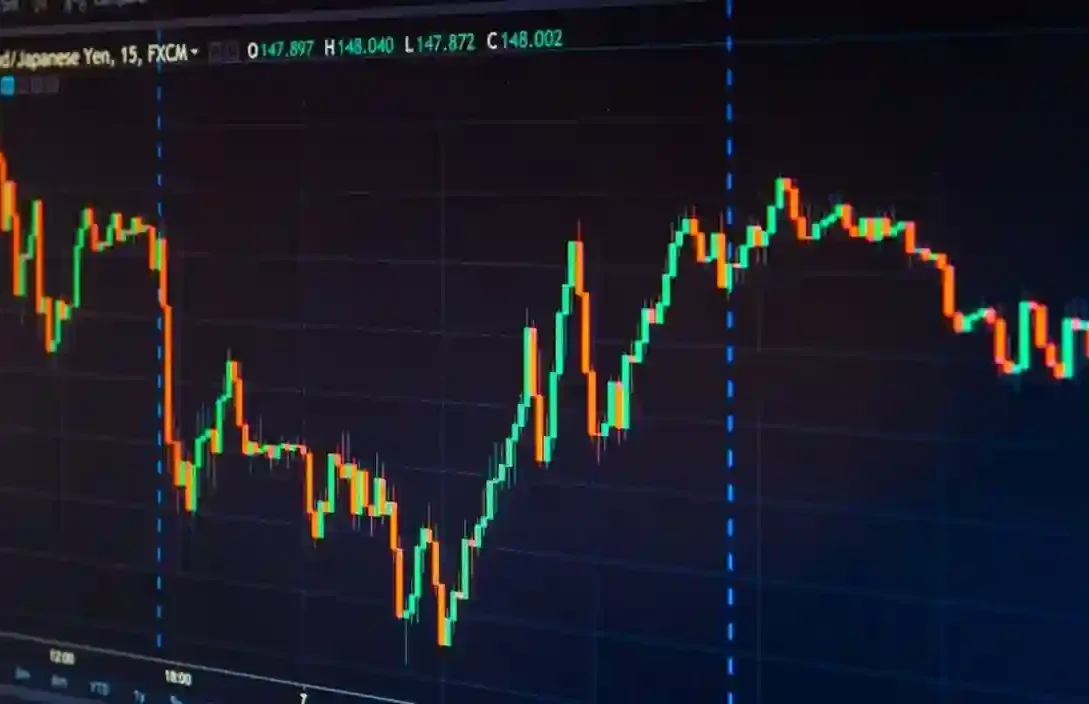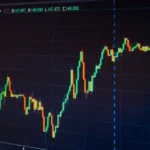Forex trading, whether manual or automated, entails inherent risks, including the possibility of drawdowns—periods of losses that can test the resilience and psychological fortitude of traders. While Forex robots offer automation and precision in executing trades, they are not immune to drawdowns, which can occur due to market volatility, unexpected events, or inherent limitations of trading strategies. Coping with drawdowns requires a deep understanding of the psychology of loss and effective strategies for managing emotions, maintaining discipline, and navigating through challenging periods. This article delves into the psychology of loss in Forex robot trading, the emotional challenges it presents, and practical techniques for coping with drawdowns and preserving mental well-being.
Understanding the Psychology of Loss:
Emotional Impact:
Drawdowns can evoke a range of emotions, including fear, frustration, disappointment, and self-doubt. Traders may experience anxiety about the prospect of further losses, frustration with the perceived failure of their trading strategies, and self-criticism for not achieving desired results. Emotional reactions to drawdowns can impair judgment, cloud decision-making, and lead to impulsive or irrational behavior, exacerbating losses and prolonging recovery periods.
Loss Aversion Bias:
Loss aversion bias, a cognitive bias whereby individuals place greater weight on avoiding losses than on achieving gains, can influence traders’ reactions to drawdowns. Traders may exhibit a reluctance to accept losses, clinging to losing positions in the hope of a reversal, even when evidence suggests otherwise. This aversion to realizing losses can lead to further losses, increased drawdowns, and psychological distress, perpetuating a cycle of emotional turmoil and financial setbacks.
Self-Identity and Ego:
Drawdowns can challenge traders’ self-identity and ego, particularly if they perceive trading success as integral to their self-worth or identity. Traders may struggle with feelings of inadequacy, failure, or shame when confronted with losses, leading to a crisis of confidence and self-esteem. Separating personal identity from trading outcomes and recognizing that drawdowns are a natural part of the trading journey can help mitigate the impact of ego-driven reactions to losses.
Cognitive Biases:
Cognitive biases, such as confirmation bias, anchoring bias, and hindsight bias, can distort traders’ perceptions of drawdowns and impede their ability to make rational decisions. Traders may selectively focus on information that confirms their preconceived beliefs or expectations, anchor their judgments on past performance, or engage in hindsight-driven analysis of drawdowns, attributing causality to hindsight knowledge rather than objective factors.
Coping Strategies for Managing Drawdowns:
Embrace Realism and Acceptance:
Acceptance is the first step towards coping with drawdowns. Traders must acknowledge that drawdowns are an inevitable part of trading and that losses are a natural occurrence in the pursuit of long-term profitability. Embracing realism and adopting a mindset of acceptance can help traders navigate through challenging periods with equanimity and resilience.
Maintain Perspective and Objectivity:
Maintaining perspective and objectivity is essential during drawdowns. Traders should avoid catastrophizing or magnifying losses out of proportion and instead focus on the bigger picture. By reframing losses as temporary setbacks and maintaining a long-term perspective, traders can prevent emotions from clouding judgment and maintain objectivity in decision-making.
Practice Risk Management:
Effective risk management is critical for managing drawdowns and preserving trading capital. Traders should adhere to prudent risk management principles, such as setting appropriate stop-loss levels, limiting position sizes, diversifying portfolios, and avoiding excessive leverage. By controlling risk exposure and limiting the impact of individual trades on overall capital, traders can mitigate the severity of drawdowns and protect against catastrophic losses.
Maintain Disciplined Trading Practices:
Discipline is paramount during drawdowns. Traders should adhere to their trading plans, follow predefined rules and strategies, and avoid deviating from established risk parameters. By maintaining disciplined trading practices, traders can resist the temptation to engage in impulsive or emotional trading decisions driven by fear or desperation, thereby minimizing the risk of further losses during drawdowns.
Focus on Process over Outcome:
Shifting focus from outcomes to process can help traders cope with drawdowns more effectively. Instead of fixating on short-term performance metrics or dwelling on past losses, traders should concentrate on executing their trading strategies with discipline and consistency. By focusing on process-oriented goals, such as following trading rules, adhering to risk management principles, and continuously improving skills, traders can regain a sense of control and confidence during drawdowns.
Seek Support and Perspective:
Seeking support from peers, mentors, or trading communities can provide valuable perspective and emotional support during drawdowns. Interacting with fellow traders who have experienced similar challenges can offer reassurance, practical advice, and encouragement, helping traders navigate through difficult periods with greater resilience and optimism. Additionally, seeking professional counseling or therapy can help traders address underlying psychological issues and develop healthy coping strategies for managing drawdowns.
Conclusion:
Coping with drawdowns requires a combination of emotional resilience, psychological awareness, and disciplined trading practices. By understanding the psychology of loss, acknowledging the emotional challenges it presents, and implementing practical coping strategies, traders can navigate through drawdowns with resilience, maintain discipline, and emerge stronger and more resilient traders in the long run. Drawdowns are not a reflection of traders’ worth or competence but rather an inevitable aspect of the trading journey. By embracing acceptance, maintaining perspective, practicing effective risk management, and seeking support when needed, traders can cope with drawdowns with grace, fortitude, and determination.













